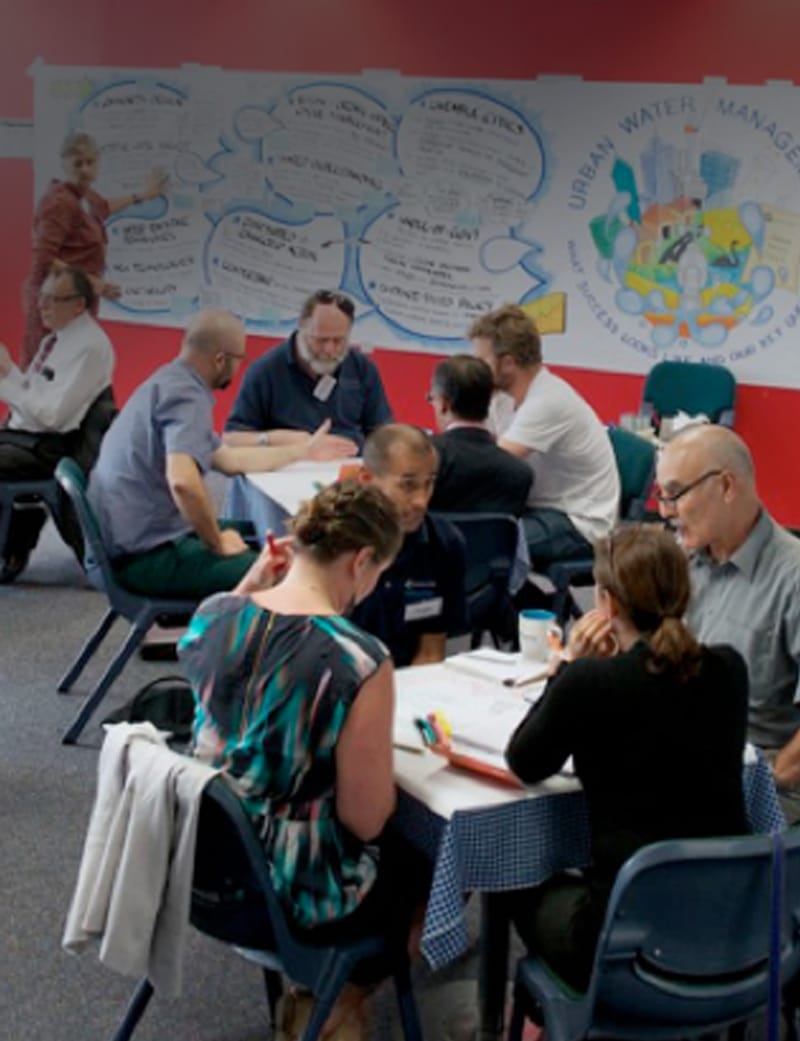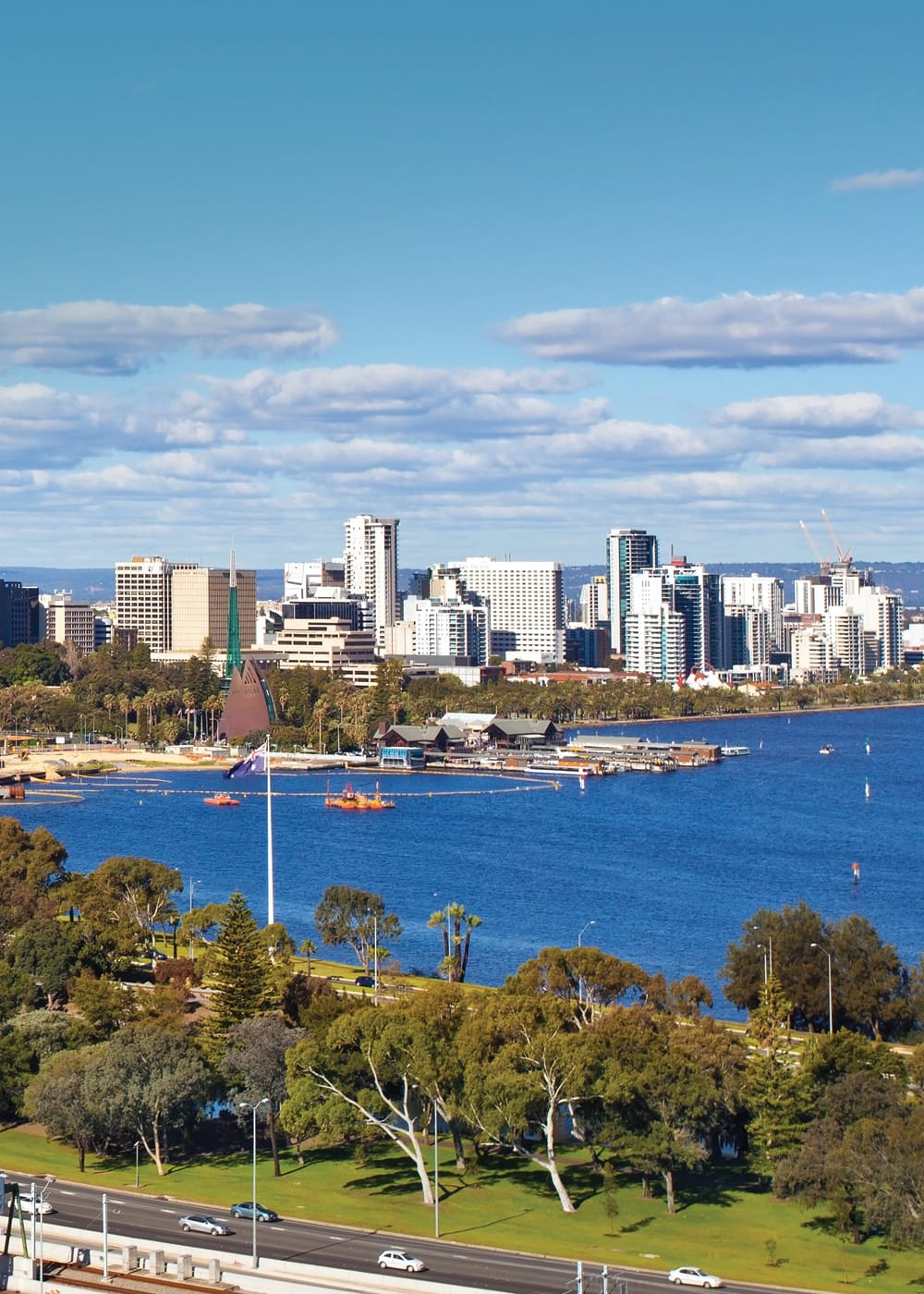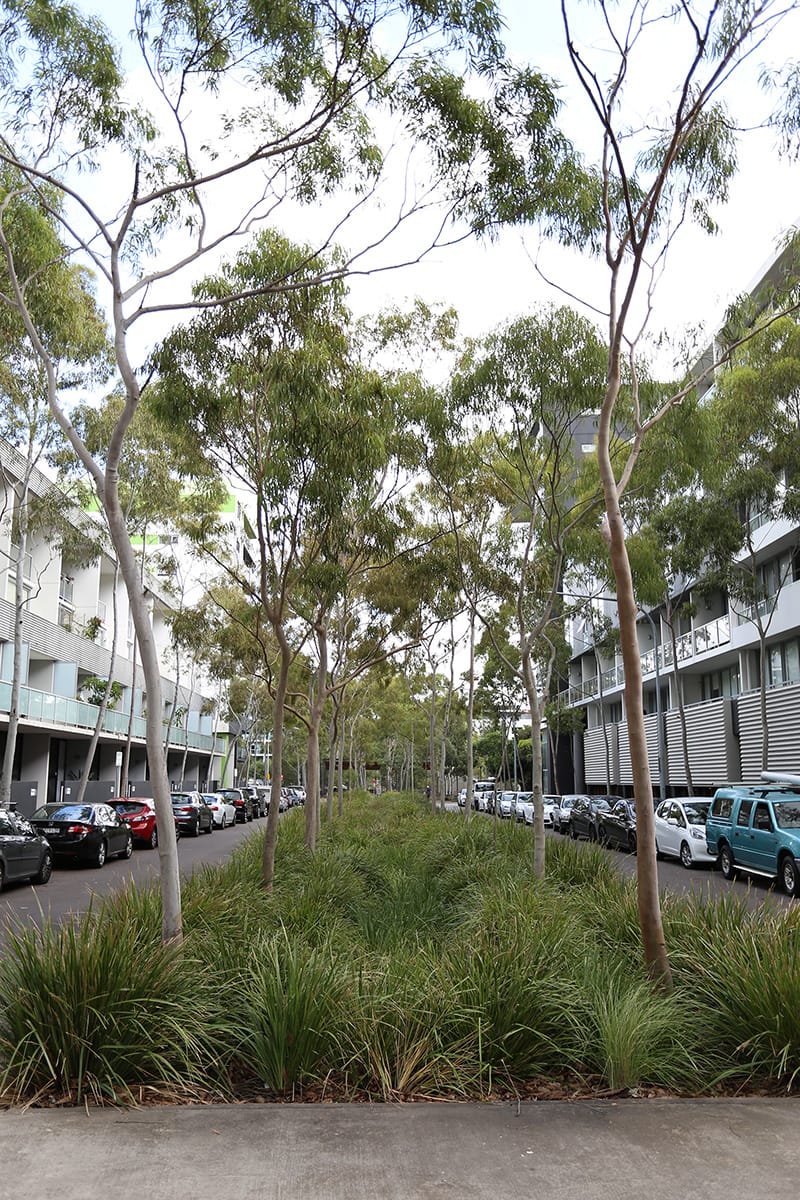
Influencing policy
Aligning policy to a water sensitive vision
To enable the transition to water sensitive cities, policies and strategies should be coherently aligned to the water sensitive vision. They should coordinate effectively between sectors and levels of government and determine how water sensitive goals should be achieved.
We know this is important because…
… policies which reinforce conventional water practices make it difficult to transition to new water sensitive systems.
To assist you, we have:
- built an understanding of the current policies, strategies, and governance structures guiding water and environmental decisions;
- developed recommendations and tools to guide water sensitive city policy development; and
- undertaken targeted industry workshops to synthesise knowledge in relation to policy reform.
Examples of where we have helped influence policy and strategic planning include:
- working with the City of Geraldton to create their new Water Planning and Management Strategy; and
- working with the City of Boroondara to link WSUD and flooding with their new Integrated Water Management Strategy 2014-2024.
Developing a shared understanding
A strong vision and narrative of water sensitive cities will go a long way to enabling a city’s successful transition to this aspirational goal. The vision and its narrative (i.e. how the vision is communicated to the public) should focus on a shared understanding of the central role of water in a given city, with an emphasis on contextualising water sensitive principles in the local setting.
We know this is important because…
… we need a clear vision, supported by strategies for achieving the transition to a water sensitive city, to help the water sector change for good. Without this vision and transition strategy, such change will be difficult.
To assist you, we have:
- undertaken workshops and published reports that outline long-term future visions and supporting transition strategies for a number of Australian cities.
Examples of where we have helped develop a shared understanding include:
- Towards a water sensitive Elwood – a community vision and pathway for transition; and
- Shaping Perth as a water sensitive city: outcomes and perspectives from a participatory process to develop a vision and strategic transition framework.


Understanding the cost-benefit for non-market values
To enable the transition to water sensitive cities, cost–benefit analyses should consider and quantify externalities or non-market values of water services such as social and environmental benefits. Investments should be based on the highest value option that incorporates market and non-market benefits as well as citizen preferences.
We know this is important because…
… Australian towns and cities often try to meet twenty-first-century challenges by re-investing in nineteenth-century strategies that are now recognised as economically and environmentally inefficient, and ill aligned with community values and expectations. If we fail to include environmental and social benefits into economic evaluation frameworks used in water-related decision-making, changing the status quo will remain difficult.
CRCWSC research has sought to understand the drivers behind water sensitive outcomes and their economic value to allow development of economic evaluation frameworks to help promote water sensitivity.
To assist you, we have:
- enhanced our understanding of the economic value of water sensitive outcomes.
Examples of where we have helped consider and quantify externalities and non-market values of water services include:
- establishing evidence of communities’ willingness to pay for stormwater management and its associated ecosystem services; and
- providing advice on ranking water sensitive projects.